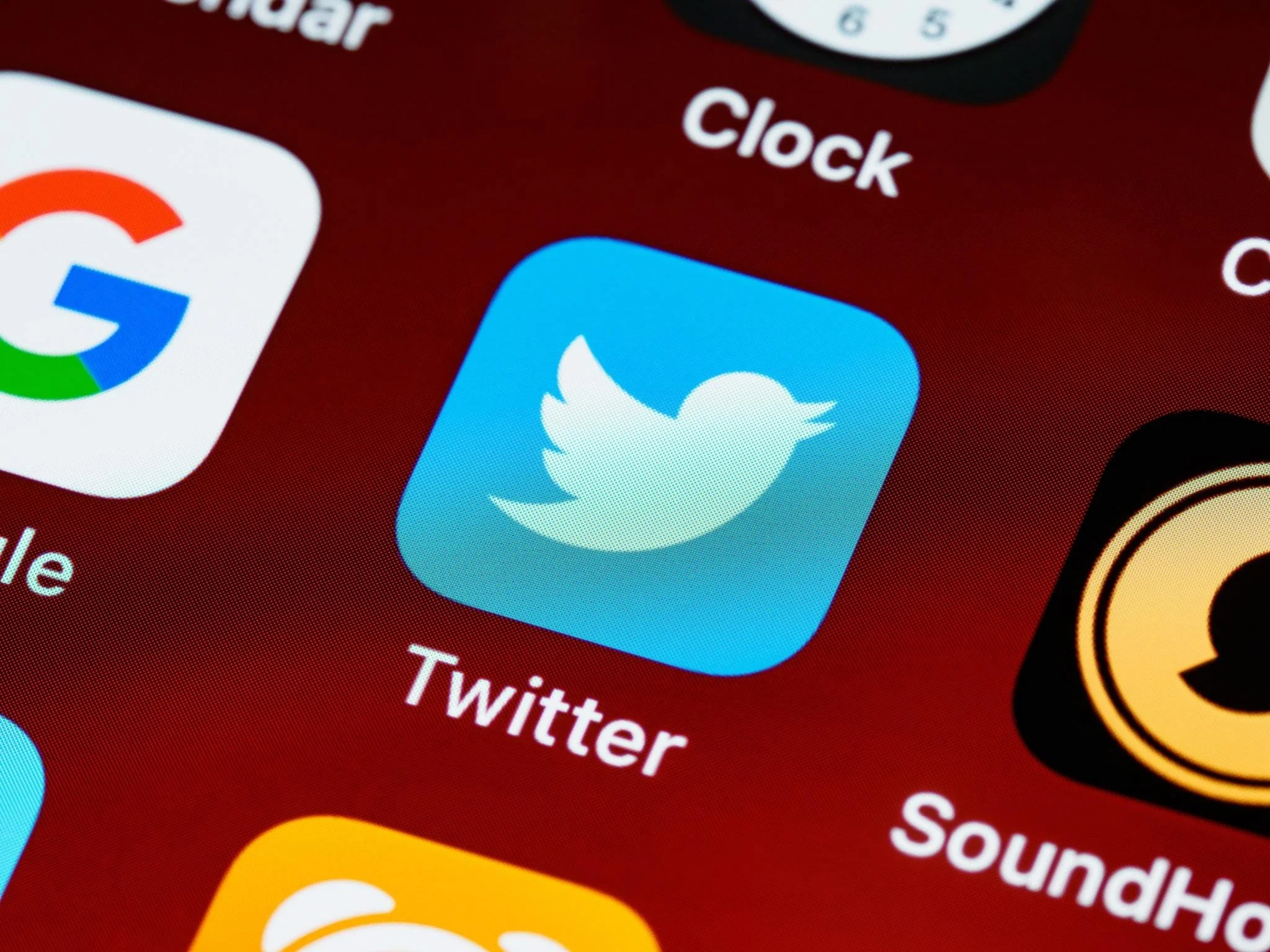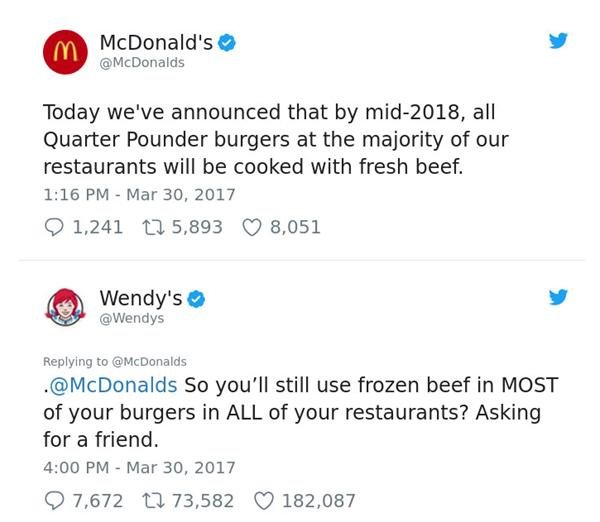You Know When It's Real. And Wendy’s Twitter Roasts are Very Real.
What businesses can learn about marketing on Twitter from Wendy’s viral tweets.
By Anela Gabeljic
Social media is all around us. It’s nearly impossible to escape, so it is only natural that companies try to utilize social media to bring awareness to their brands. Brand accounts are usually very polished, rarely straying from professional and informative posts that boost the brand’s image. You can find brands on almost every social media platform, from Youtube, to Instagram, and even the newest mega-popular site Tiktok. Yet one site sees brands going viral more than others, and that site is Twitter.
Twitter has been one of the top social media sites for years. It allows users to post short status updates (called tweets), sometimes paired with images and video or audio clips. By only allowing 280 characters per tweet, users are able to enjoy posts from those they follow. The content on the platform ranges from informative to playful and lighthearted.
Why are brands going viral on Twitter?
One of the reasons that Twitter is successful is because it has built a platform free of the usual pressures to appear “perfect” that other social media platforms seem to have. A majority of users will agree that the platform feels more genuine than other sites because it allows for users to show more personality. This freedom from perfection is exactly why Twitter is the perfect platform for brands to gain viral social media exposure.
One example of a brand that has had considerable success is Wendy’s. With 3.9 million followers, it’s safe to say that Wendy’s is doing something right. However, it’s not the tweets about their products or new launches that propelled the account to viral status, but rather their tweets roasting other brands and even their own customers.
Twitter lets users express a filter-free personality.
Wendy’s account is more than hilarious, but a great example of how brands can use Twitter to reach a wider audience. Wendy’s avoids the corporate jargon and instead opts to use more relatable slang and humor to connect with the site’s other users. They were able to paint their brand as one for the people by adopting the language of their target audience. This gave the brand a personality that customers could relate to and even laugh at.
How can being less professional on Twitter help a brand’s image?
As mentioned before, Twitter is a playful platform. Serious tweets aren’t usually the ones going crazy viral. It’s the jokes, friendly (even sometimes unfriendly) roasts, and memes that gain traction. Users don’t log into the site looking for corporate ads, but for a good time. With this in mind, brands that adapt their marketing communication strategies to include Twitter’s atmosphere will see higher engagement.
The reason that Wendy’s did incredibly well is that they were able to spread their message while also giving users content in language they can relate to. By doing this, Wendy’s made themselves more human.
Wendy's did more than adopt their audience's language, but they gave the users content they wanted to see. People are constantly being fed advertisements, especially on social media. It can be overwhelming, causing people to instantly scroll past any ads they see. Most ads on social media just aren’t memorable.
Making your message stick.
To this day, Wendy’s is still remembered for their roasting spree on Twitter. The brand went after other companies, regardless of if they were direct competitors or not. While brand competition in advertisements is not a new concept, Wendy’s modernized it and brought the competition to Twitter. Their roasting spree shocked and humored audiences because no one had seen a brand let loose in the way Wendy’s did.
But the brand did not get rid of their marketing strategy completely. Instead, the brand wove their message (fresh, never frozen, beef) into their playful tweets. So as Wendy’s tweets went viral, their brand message was spread thousands of times to new audiences.
Twitter is a valuable marketing tool.
With millions of users worldwide, Twitter gives brands an amazing opportunity to gain more supporters. Many brands will use the same strategy for the platform as they do on other social media sites without taking into account how Twitter differs.
On Twitter, brands have a lot more freedom to express a more playful and relatable personality. Because the main content on the site is tied with humor, brands can participate in memes and trends with more engagement than other platforms. But this only works if brands can adapt. Brands benefit from being “unprofessional” on Twitter by adopting the language and humor of the site’s users. By letting loose, a brand can find viral levels of success on Twitter, as shown by Wendy’s viral tweets.
About the Author
Anela Gabeljic is a Junior at Texas Christian University. She is currently pursuing a bachelor’s in strategic communications with a minor in digital culture and data analysis.



